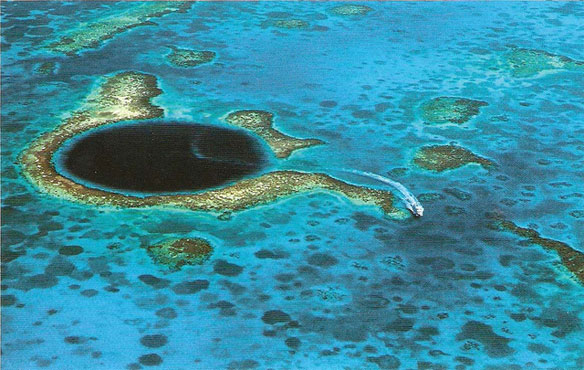
The Belize Barrier Reef is home to a large diversity of plants and animals, and is one of the most diverse ecosystems of the world. Photograph: © SAF
Excerpts;
Sensitive coral reef ecosystems require a delicate balance of marine life to thrive. From the barracudas at the top of the food chain to the algae at the bottom, the system works together to keep itself healthy.
A 14-year study by the Wildlife Conservation Society in an atoll reef lagoon in Glover’s Reef, Belize has found that fishing closures there produce encouraging increases in populations of predatory fish species. However, such closures have resulted in only minimal increases in herbivorous fish, which feed on the algae that smother corals and inhibit reef recovery.
The findings will help WCS researchers in their search for new solutions to the problem of restoring Caribbean reefs damaged by fishing and climate change…
Read Full Article, Wildlife Conservation Society

Belize Barrier Reef Reserve System. Photo source: ©© Jetske19
The Belize Barrier Reef is a series of coral reefs straddling the coast of Belize, roughly 300 meters (980 ft) offshore in the north and 40 kilometers (25 mi) in the south within the country limits. The Belize Barrier Reef is a 300 kilometers (190 mi) long section of the 900 kilometers (560 mi) long Mesoamerican Barrier Reef System, which is continuous from Cancún on the northeast tip of the Yucatán Peninsula through the Riviera Maya up to Honduras making it one of the largest coral reef systems in the world after the Great Barrier Reef in Australia and the New Caledonia Barrier Reef. Captions: Wikipedia









